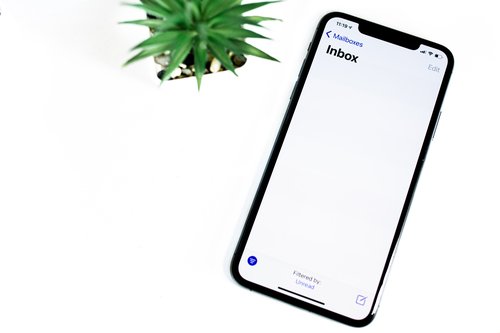Is Twitter for twits?
I have generally avoided too much comment on social networking in this blog as it is amply provided for elsewhere. My colleague, Sam McArthur, posts some excellent content in her Savvy Marketers blog, which we include in our blog list.
Twitter, however, is one phenomenon that leaves me increasingly bamboozled as to what its best use might be.
For the uninitiated, Twitter is a social networking tool that asks the simple question ‘what are you doing?’ You then have 140 characters to say exactly that. You can ‘tweet’ as many times as you like and cover things as inane as putting the kettle on to as profound as saving the world. You can follow other twitters and other twitters follow you.
I signed on to Twitter in August in the interests of exploration and since then have miraculously acquired 12 followers. 10 of the 12 I have never met in my life. Quite why they are interested in what I have to say, I don’t know, but they are welcome. There was a mini-surge in followers after I posted a Squidoo lens on Corporate Social Responsibility, which, in itself, provides a clue as to the types of people who are sharing their lives on Twitter. Rather sinisterly, I have received 3 notifications this morning of new followers whose profiles I discover are under investigation by Twitter for strange activity. I’m not sure what this means, but it makes me cautious.
Some discernment is required in deciding who to follow. Blindly agreeing to follow anybody who follows you only leads to your Twitter page being filled with rubbish. I am following 4 people: the best user is Ethics Blogger, aka Chris McDonald, who provides regular tweets on ethical malpractice that he discovers around the world. I only wish I had time to read more of what he promotes. LouiseBJ on the other hand shares with us that she is logging on in the morning, un-jamming the printer and logging off at night. Very chatty and Louise is no doubt posting some very useful tweets amongst all this minutiae. They are, however, lost and I for one don’t have time to sort the wheat from the chaff.
The Marketing Eye tweets have generally been business focused, covering promotion of posts on this blog, developments with clients and recommendations of services or web content that I have discovered. Perhaps this is too straight-laced, but I want anything that I impose on the rest of the world to add value in some way.
As marketers we have a responsibility to explore and be at the leading edge of new methods of communication. At the same time, we have to avoid undermining our profession with the promotion of activities that won’t deliver a commercial return for our clients.
So, where are the business-related benefits?
- Twitter for common interest groups could provide some payback: the prompt and succinct sharing of information and updates with agreed terms of engagement about what is to be posted would aid communication and not waste people’s time with nonsense.
- I can see too, that Twitter has benefits as an online PR tool as it is very popular with journalists. This then demands the same focus on quality as would be applied to a press release. I don’t see ‘The dog needs a leak’ cutting it as a press release, so why should it cut it anymore as a tweet?
- As a brand builder, Twitter can reveal the person behind the company. This will only become genuinely useful, however, when Twitter is adopted beyond the world of marketers and social entrepreneurs. A client in the demolition industry will need some convincing that they need to start tweeting to reveal the human side of their brand to their target audience.
The clue for Twitter, and large parts of other social networking media, is in the title. I read in yesterday’s Guardian that Twitter has been used extensively in India over recent days to appeal for blood for the injured in Mumbai. This is an undeniably brilliant use of the facility. Barak Obama used Twitter widely in his presidential campaign to mobilise the population to vote. If it can enfranchise the disenfranchised, we are looking at something very powerful indeed.
Some forms of communication are designed to be ‘social’ and need to remain that way. Care and moderation needs to be applied when seeking to exploit them for commercial purposes.

Author
Neil Edwards
Neil is a Chartered Marketer and Fellow of the Chartered Institute of Marketing with many years' experience in marketing, brand and communications.
CEO / The Marketing Eye
Related Reading

Blog: Navigating the New Email Marketing Standards: What You Need to Know
by Darren Coleshill, 3 minute read

Blog: Crafting Captivating Email Newsletters: A Guide to Success
by Darren Coleshill, 4 minute read